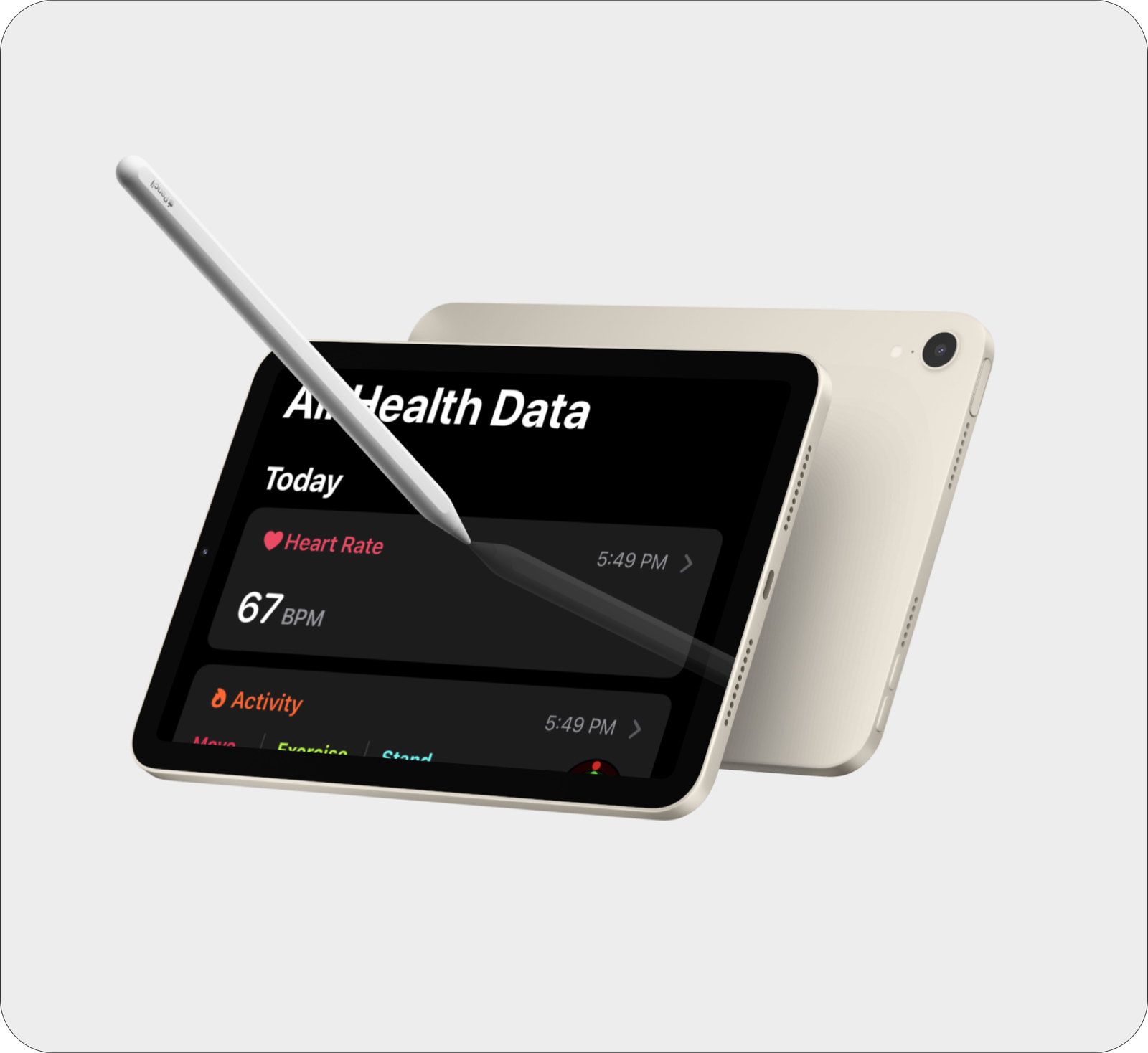✆ + 1-646-235-9076 ⏱ Mon - Fri: 24h/day
IoT Enabled Wearables


The Internet of Things (IoT) is one such technology that is changing the way healthcare is delivered. IoT-enabled wearables, in particular, are gaining popularity among healthcare providers and patients alike, as they allow for remote patient monitoring.
Remote patient monitoring (RPM) is a way to monitor a patient’s health outside of traditional healthcare settings. RPM devices, such as wearables, allow patients to measure and transmit their vital signs to healthcare providers. This real-time data allows healthcare providers to monitor patients’ health conditions and intervene if necessary. Here are some of the benefits of using IoT-enabled wearables for RPM:


- Improved Patient Outcomes: IoT-enabled wearables can provide continuous monitoring of patient’s vital signs, allowing healthcare providers to detect changes in health status before they become critical. This can lead to early intervention and improved patient outcomes.
- Better Patient Engagement: Patients are more likely to engage in their healthcare when they can actively participate in monitoring their health. Wearables allow patients to take control of their health and provide real-time feedback on their health status.
- Reduced Healthcare Costs: RPM can reduce the number of hospital readmissions, emergency room visits, and in-person appointments. This can lead to significant cost savings for both patients and healthcare providers.
- Enhanced Efficiency: Wearables can automatically collect data on patients’ vital signs, eliminating the need for manual data entry. This can save time for healthcare providers and improve the accuracy of patient data.
- Personalized Healthcare: Wearables can provide personalized healthcare by monitoring patients’ health conditions in real time and providing tailored recommendations for managing their health.
However, there are also some challenges to using IoT-enabled wearables for RPM. Some of these challenges include:
- Data Security: Wearables collect sensitive patient data that needs to be protected from cyber threats. Healthcare providers need to ensure that these devices are secure and compliant with regulations such as HIPAA.
- Data Overload: Wearables can generate a significant amount of data, which can be overwhelming for healthcare providers to manage and analyze. Healthcare providers need to develop systems to store, manage and analyze this data effectively.
- Technical Issues: Wearables may have technical issues, such as connectivity or battery life, which can affect their functionality and reliability.
- Patient Education: Patients need to be educated on how to use wearables effectively and how to interpret the data provided. This can be challenging, especially for older patients or those with limited technical skills.
In conclusion, IoT-enabled wearables have the potential to transform healthcare by enabling remote patient monitoring. These devices can improve patient outcomes, and engagement, and reduce healthcare costs. However, healthcare providers need to address the challenges of data security, data overload, technical issues, and patient education to ensure the successful adoption of these technologies. With proper planning and implementation, IoT-enabled wearables can revolutionize healthcare and improve the lives of patients.